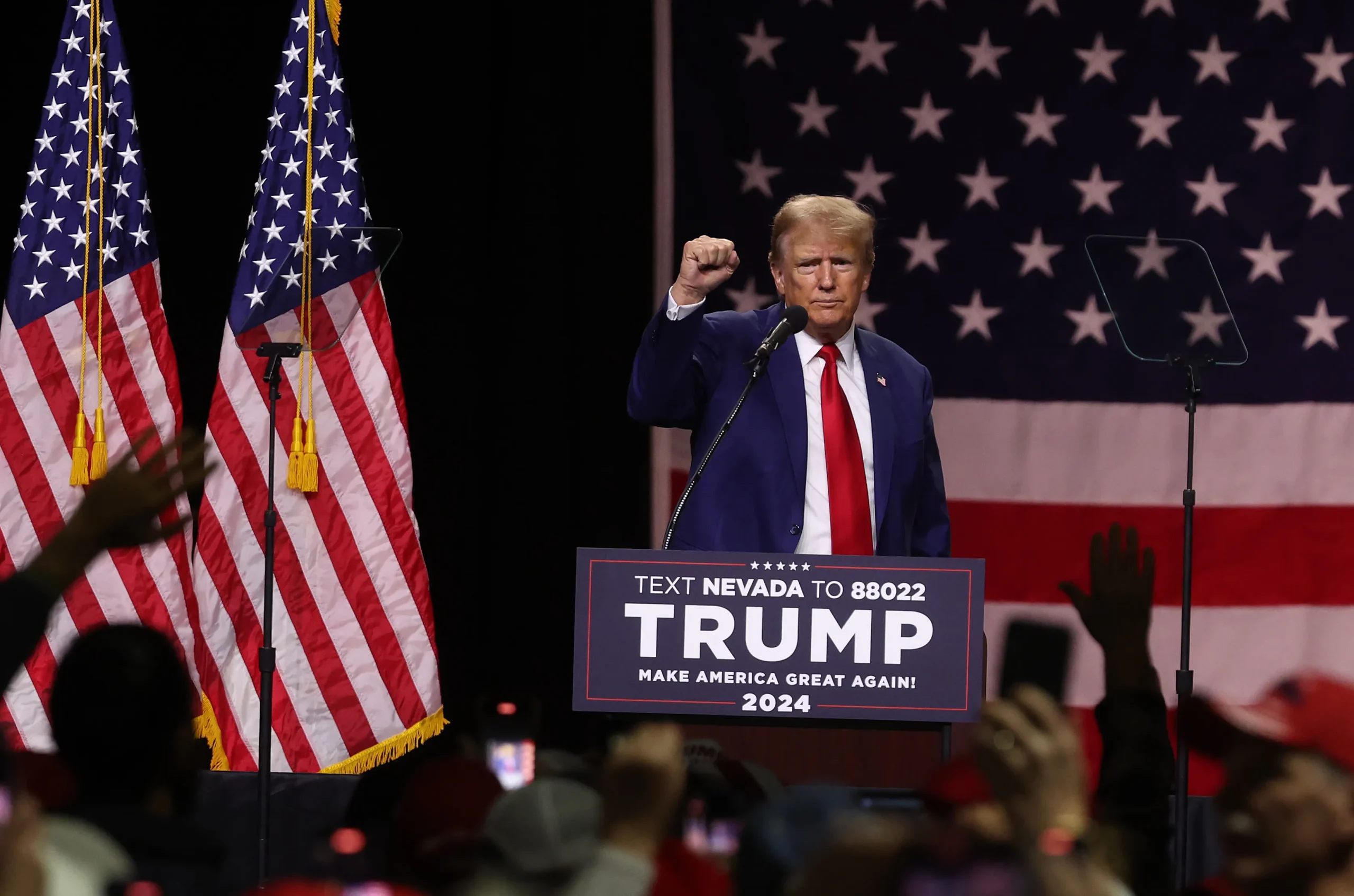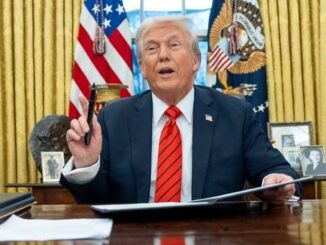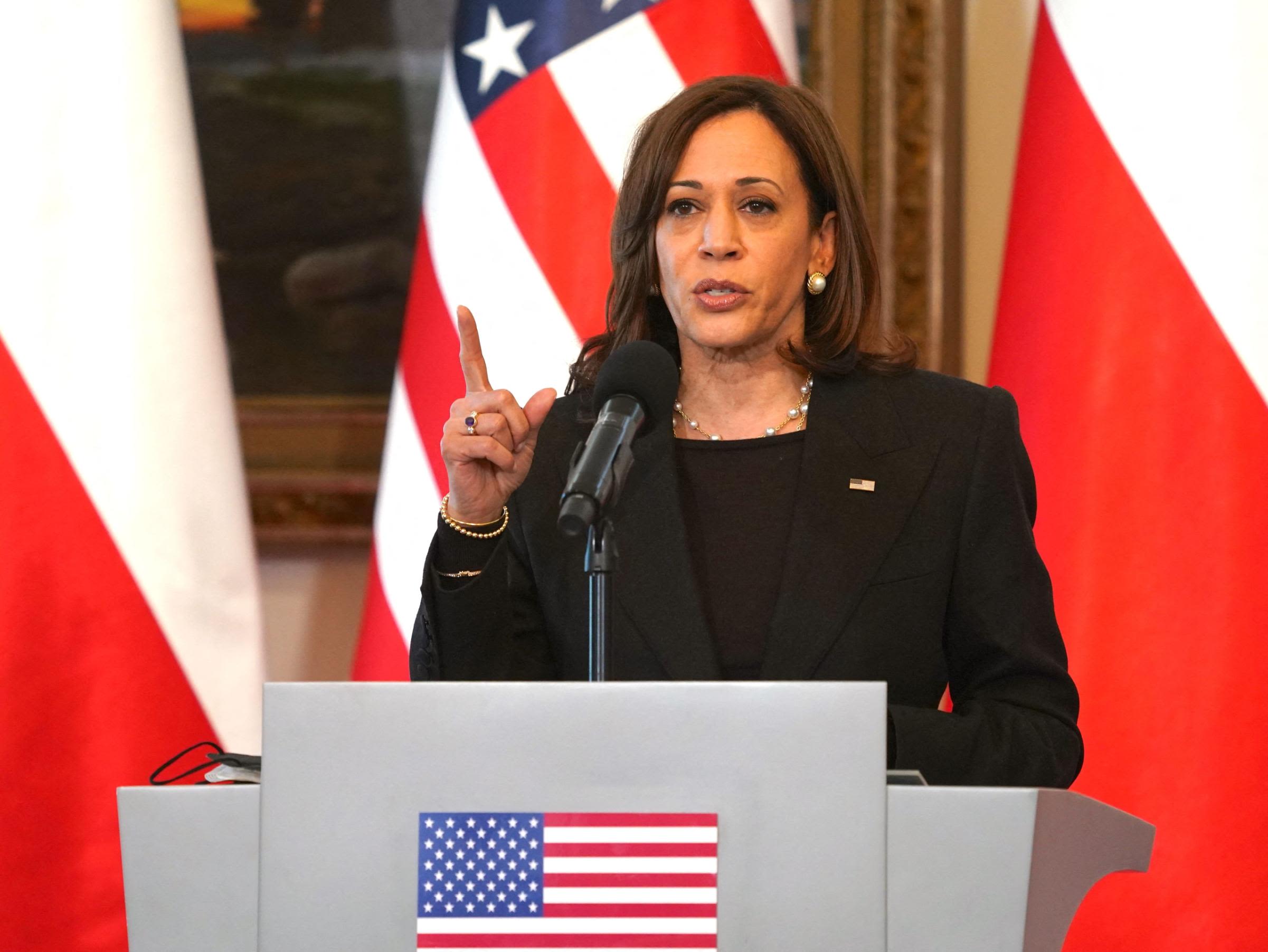
The evaluation of economic performance under different administrations can be complex and nuanced, as it involves analyzing a range of economic indicators and considering various external factors. When comparing the economic performance during Donald Trump’s presidency with the current administration, it’s important to approach the analysis with a clear understanding of the context, data, and specific metrics used.
**Economic Performance During the Trump Administration**
Donald Trump’s presidency, from January 2017 to January 2021, was marked by a series of economic policies and events that had a notable impact on the U.S. economy. Key elements include tax reform, deregulation, trade policies, and the COVID-19 pandemic.
1. **Tax Reform:** One of the cornerstone achievements of the Trump administration was the Tax Cuts and Jobs Act of 2017. This legislation reduced the corporate tax rate from 35% to 21% and provided temporary tax cuts for individuals. Proponents argue that these cuts spurred economic growth by increasing corporate investment and consumer spending. Indeed, the U.S. saw robust economic growth during the initial years of Trump’s term. The GDP growth rate accelerated, peaking at 2.9% in 2018, which was a notable improvement over the 2.4% growth rate in 2016.
2. **Deregulation:** The Trump administration aggressively pursued deregulation, aiming to reduce the regulatory burden on businesses. This included rolling back environmental regulations, financial regulations, and other restrictions perceived as obstacles to economic growth. The administration argued that reducing these regulations would stimulate business activity and job creation. The result was a surge in business investment and a strong labor market, with unemployment reaching historic lows of 3.5% in late 2019.
3. **Trade Policies:** Trump’s trade policies, particularly his confrontational stance on trade with China, were a significant aspect of his economic agenda. The administration implemented tariffs on Chinese goods, leading to a trade war that affected global supply chains and economic stability. While these policies aimed to address trade imbalances and intellectual property concerns, they also led to uncertainties in international trade and disruptions in the manufacturing sector.
4. **COVID-19 Pandemic:** The onset of the COVID-19 pandemic in early 2020 brought unprecedented challenges. The pandemic led to widespread economic disruption, with massive layoffs, business closures, and a significant contraction in economic activity. The Trump administration responded with stimulus packages, including the Coronavirus Aid, Relief, and Economic Security (CARES) Act, which provided direct payments to individuals and support to businesses.
**Current Economic Performance**
As of the end of 2023, the U.S. is under the Biden administration, which began its term in January 2021. The current economic environment has been shaped by both ongoing challenges and new policy initiatives.
1. **Economic Recovery and Growth:** The Biden administration has focused on economic recovery following the pandemic-induced downturn. The American Rescue Plan Act of 2021 provided additional stimulus payments, extended unemployment benefits, and funding for vaccine distribution. This support aimed to bolster consumer spending and stimulate economic recovery. As a result, the economy has been growing, although the pace of recovery has been uneven, with challenges including supply chain disruptions and inflationary pressures.
2. **Infrastructure Investment:** A major legislative achievement of the Biden administration is the Infrastructure Investment and Jobs Act of 2021. This bipartisan bill provides substantial funding for improving the nation’s infrastructure, including roads, bridges, and broadband. The administration argues that this investment will create jobs, improve economic efficiency, and promote long-term growth.
3. **Inflation and Supply Chain Issues:** The U.S. economy has faced significant inflationary pressures, with consumer prices rising notably in 2021 and 2022. Supply chain disruptions, exacerbated by the pandemic and geopolitical tensions, have contributed to higher costs for goods and services. The administration has been working to address these issues through various measures, including efforts to stabilize supply chains and manage inflation.
4. **Labor Market Dynamics:** The labor market has been a focal point of the current administration’s economic policies. While unemployment rates have improved from the peaks experienced during the pandemic, there are ongoing concerns about labor force participation and wage growth. The administration has promoted policies aimed at increasing workforce participation, supporting worker rights, and enhancing job quality.
**Comparative Analysis**
When comparing the economic performance of the Trump administration with the Biden administration, several factors should be considered:
1. **Pre-Pandemic vs. Pandemic Era:** The Trump administration’s economic performance is often assessed in the context of a pre-pandemic economy characterized by strong growth, low unemployment, and robust business investment. The Biden administration’s economic performance is heavily influenced by the ongoing recovery from the pandemic, which has introduced significant disruptions and uncertainties.
2. **Policy Impact:** The effectiveness of economic policies under each administration can be debated. The Trump administration’s tax cuts and deregulation were intended to stimulate growth, while the Biden administration’s focus has been on recovery and investment in infrastructure. The long-term impacts of these policies will become clearer over time.
3. **External Factors:** Both administrations faced external challenges, including global economic conditions, trade dynamics, and unforeseen events like the pandemic. These factors play a crucial role in shaping economic outcomes and should be considered when evaluating each administration’s performance.
4. **Economic Indicators:** Key indicators such as GDP growth, unemployment rates, inflation, and consumer confidence provide insights into economic performance. While the Trump administration saw strong pre-pandemic indicators, the current administration’s performance is influenced by the ongoing recovery and adjustments to post-pandemic realities.
In conclusion, the U.S. economy experienced notable growth during the Trump administration, driven by tax cuts, deregulation, and a strong labor market. However, the onset of the COVID-19 pandemic presented unprecedented challenges. The current administration, led by Joe Biden, has focused on recovery and infrastructure investment, addressing the pandemic’s aftermath while facing inflation and supply chain issues. Comparing these administrations requires a nuanced understanding of the economic context and the impact of external factors.



Be the first to comment